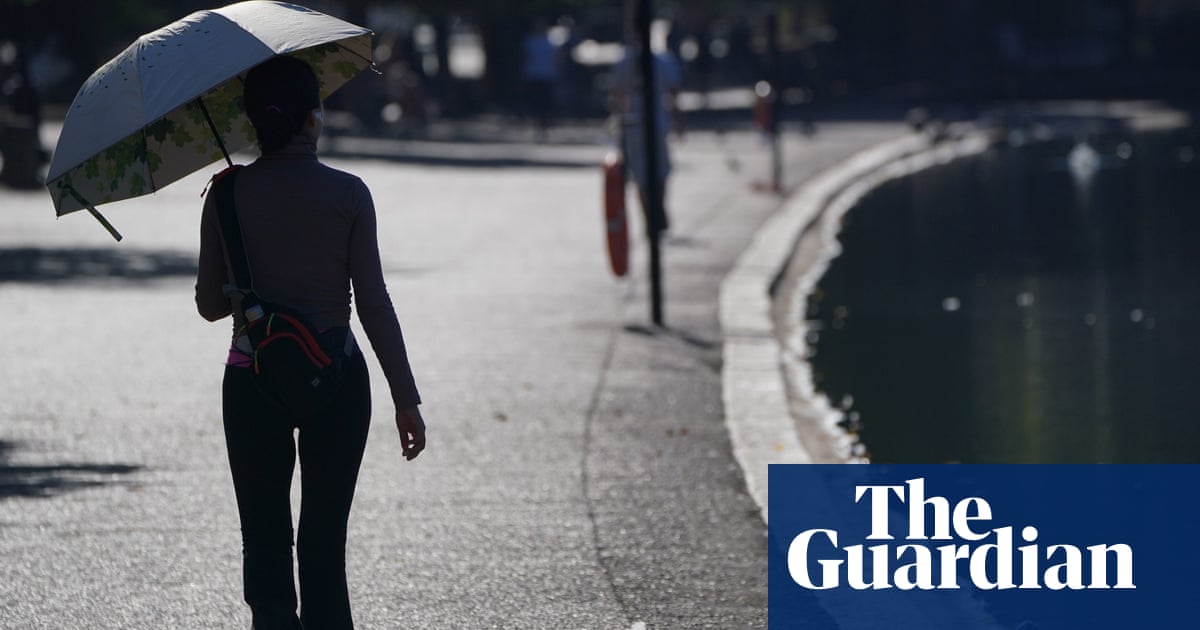
London could become mired in gridlock because of a shift towards driving as a means of transport during the Covid pandemic, the city’s mayor, Sadiq Khan has said, warning that it risks creating a new health crisis from increased pollution.
While levels of walking and cycling have risen in the capital, the overall proportion of people making sustainable journeys has fallen as a result of the collapse in numbers using public transport.
Almost two years since the first lockdown, use of the tube is at 55% of pre-pandemic levels, and bus use is at 70%. In contrast, car use returned to close-to-normal levels during much of the second half of 2021.
A comparison of all transport modes in London during 2020 showed that the proportion of journeys made by walking, cycling and public transport fell to an estimated 58.3%, as against 63.2% in 2019.
This was despite a 9% increase in walking and cycling during 2020, with additional cycle routes and walking space provided.
The number of miles being driven in the capital has increased markedly in recent years, despite statistics showing that more than a third of car trips in London could be made in under 25 minutes by walking, and that two-thirds could be cycled in less than 20 minutes.
Between 2011 and 2019, the overall number of miles driven on London’s roads increased from 19.1bn to 22.6bn miles. In 2020 this fell only slightly, to 18.7bn miles, despite lockdowns.
Khan said: “Whilst we have made huge strides in increasing walking and cycling in London throughout the pandemic, car use has remained consistently high. If we do not double down on our efforts to deliver a greener, more sustainable future we will replace one public health crisis with another – caused by filthy air and gridlocked roads.
“The cost to both Londoners and the capital cannot be underestimated, with days wasted stuck in traffic, billions lost to the economy, and increased road danger and health impacts. Most traffic is caused simply by there being too great a demand for limited street space, meaning the only long-term solution can be to significantly reduce car use in favour of greener means of travel.”
The expanded ultra-low emission zone has led to about 47,000 fewer older, more polluting vehicles driving within the capital’s north and circular roads – a 37% reduction from the two weeks before the scheme was introduced, the mayor’s office said.
As part of measures to reduce congestion, Khan also said penalties for traffic offences on roads it manages would rise from £130 to £160 from Monday.
Transport for London will also benefit slightly from the increased revenue, with the capital’s finances under severe strain as a result of people making fewer tube journeys. It netted about £18m from penalty charge notices in 2018, suggesting the rise could increase annual income by about £4m.
Khan has overseen the construction of a series of new cycling and walking schemes, and has consistently pushed for a greater focus on active travel.
However, critics have argued that his message is undermined in part by support for the new Silvertown tunnel in east London, the first new road link planned across the Thames for 30 years.












